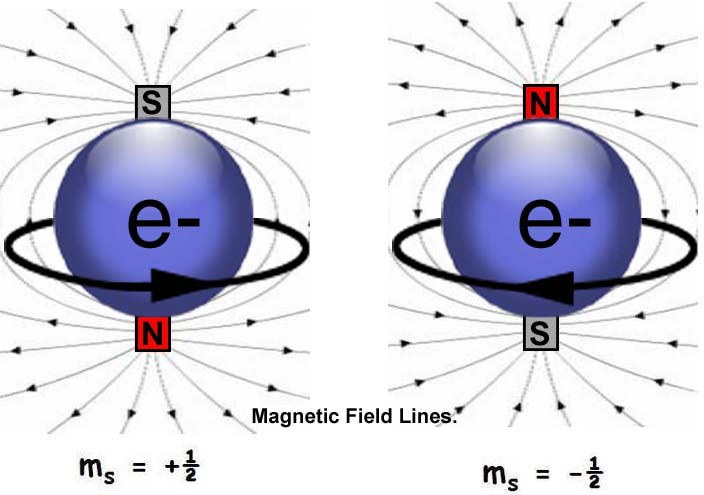In this article, we are going to discuss the “source of magnetism in any material”. So let’s get started…
What is magnetism?
Attracting and repelling property shown by a magnet is called magnetism. You must have seen that a magnet attracts iron nails when it is brought nearer to the magnet. A magnet has a north and south pole which points towards the earth’s magnetic south and north pole. Like poles of a magnet repels while unlike poles attract each other.
Source of magnetism
You have encountered many different materials in your daily life that have the properties of attracting/repelling other magnetic materials (materials that respond in magnetic fields). Have you ever think why do they have attractive property? From where does it get from? Why does magnetism occur? These questions are very important to know if you’re really interested in finding the source of magnetism in any material.
Well, basically magnetism in any material arising from the two sources:
- Electric current
- Spin magnetic moment of elementary particles
Electric currents
We all know from the ørsted experiment that the current-carrying wire produces a magnetic field around the wire in the form of concentric circles. In his experiment, he shows that magnetic compass needles show deflection when the current in the wire changes. From this knowledge, further various laws and rules were discovered by different physicists like Biot-Savart law by Jean Baptiste biot and Felix Savart, ampere circuital law by André-Marie Ampère, electromagnetic induction by Michael Faraday.
Spin magnetic moment of elementary particles
We have discussed the magnetic moment of elementary particles in previous articles. The magnetic properties shown by the different materials are due to the magnetic moment of atoms that the electrons revolve around the nucleus. But if we talk about the magnetic moments of the nuclei of an atom then it is typically thousands of times smaller than the magnetic moment of the electrons, so they are negligible in the context of the magnetization of materials. But the nuclear magnetic moment is somehow very important in other contexts, particularly in nuclear magnetic resonance (NMR) and magnetic resonance imaging (MRI).
Arrangement of electrons
Generally, in any material, the large numbers of electrons are arranged in such a way that their magnetic moment (both intrinsic and orbital) cancel out. To a certain extent, this is due to the fact that due to the Pauli exclusion principle electrons combine in pairs with opposite intrinsic magnetic moments and combine to form filled subshells with zero net orbital motion.

In both cases, electrons adopt the arrangements in which the magnetic moment of each electron is canceled out by the opposite moment of another electron. Moreover, it is often the case that the different electrons, even if the electron configuration is such that there are unpaired electrons and/or unfilled subshells then this arrangement contribute the magnetic moments in the solids, which point in different random directions so that the material does not show magnetic behavior.
But if this material is exposed to an external magnetic field, each of the electron’s magnetic moments becomes aligned on average. A suitable material can generate a strong net magnetic field. The magnetic behavior of a material depends on its structure, in particular its electronic configuration, as well as on the temperature. At high temperatures, the random thermal motion makes it difficult for the electrons to maintain alignment and can lose their magnetism if the material is heated. So this is all about the source of magnetism in any material.
Stay tuned with Laws Of Nature for more useful and interesting content.
